History of Big Wheels
No, we’re not talking about the toy trike you used to have when you were a kid, we’re talking about turbo wheels, and making them BIGGER!
When it comes to mods for a turbocharged engine, upgrading the compressor and turbine wheels inside an OE frame turbocharger is an easy way to get decent performance gains without much hassle. Custom “ground-up” designed turbo kits that utilize standard aftermarket turbochargers can yield impressive power, but they tend to be expensive, and in some cases require modifications that are not reversible.
For enthusiasts looking for decent gains with a drop-in part need to look no further than a turbo with upgraded wheels!
First, it was the Compressor Wheel
The first big wheel turbo kits for the 1.4T addressed the compressor wheel size. These turbos utilized a custom machined compressor wheel and compressor housing to increase airflow on the intake (cold) side. Several companies have experimented with different compressor wheels sizes, but in many cases it was hard to justify the cost vs performance gain.
Exhaust Flow Challenges
On this particular engine, exhaust flow has always been a challenge. The OE turbocharging strategy aims to eliminate turbo lag as much as possible in order to make the vehicles drive as similar to a naturally aspirated engine as possible, which is what most people are used to. This requires a relatively small turbocharger (from a wheel size perspective).
Small turbochargers spool very quickly and provide peak boost at a lower RPM, but there’s a trade-off: the cost is having less than spectacular high RPM performance. This is because as engine RPMs rise, so do the exhaust flow requirements, and a turbine wheel size that’s optimized for low to mid RPM operation suddenly becomes a restriction at high RPM.
Next, it was the Turbine Wheel
Compressor wheels (compared to turbine wheels) are relatively easy to make bigger. In most cases, you take a block of billet aluminum and cut a new compressor out of it. Turbine wheels, on the other hand, are much more challenging (and expensive) to make because they need to be made out of materials that can tolerate the excessive heat of the exhaust stream.
The other challenge is whether the OE turbo frame can be bored out enough to accept a larger compressor and turbine wheel. And beyond that, yet another challenge is the core itself. The OE turbocharger on this engine can spin in excess of 250,000 RPM. Installing a larger compressor and turbine wheel adds weight to the rotating assembly, which adds stresses to the shaft and bearings.
And now, it’s all about the (exhaust side) A/R
“A” what?? A/R. The “internet” defines this separately as “Aspect Ratio”, “Area / Radius” and “Area Ratio”. The short of it is that the A/R describes the ratio of the area of the turbine inlet to the radius of the wheel itself. There’s an A/R characteristic on the compressor side as well. It’s the radius of the compressor wheel compared to the area of the compressor discharge.
Modern day big wheel turbo offerings now offer all three upgrades: compressor, turbine and modified A/R to improve exhaust flow characteristics.
Supporting the Community
As the premier tuner of the 1.4L turbo engine markets, TRIFECTA considers it their duty to provide ongoing calibration support for quality parts that are popular with the community. When the big wheel V2 came out – the first modified OE frame turbo with an upgraded turbine wheel - we jumped all over it. More recently, we were approached with an offer to receive the updated exhaust housing for the V3 turbo, which includes the A/R change. We were excited to have this opportunity!
2016 Chevrolet Sonic 1.4T Manual Transmission Test Vehicle
We have several 1.4T equipped vehicles in our test fleet, but for this development process, we chose our 2016 Sonic as the test vehicle mainly because it’s largely stock. We pondered the question: How would a turbocharger like this perform on a vehicle that has few other modifications? Can we make a case for this turbocharger as a “sooner” rather than “later” upgrade? (we plan to add more mods to this vehicle and re-evaluate gains at each mod)
Vehicle Specs:
2016 Chevrolet Sonic LT
1.4L turbo (RPO: LUV) engine
Manual transmission
TRIFECTA ECM and FPCM calibration
60lb Siemens-Deka fuel injectors
RacerX cold air intake system
Spec upgraded clutch
WaveTrac limited slip differential
~22000 miles on the vehicle
Installation Notes
Well, there’s not much to note! This turbocharger is a drop-in replacement for the OE turbocharger. It took a DIY mechanic about 4 hours to do. The turbocharger replacement procedure calls for new gaskets and seals, but given the relatively young age of this car, we reused all of the gaskets and seals without issue. The only item we needed was some coolant to replace the coolant lost when disconnecting the turbocharger’s coolant lines from the block.
Dyno Test Notes
After installing the turbocharger, we took the car over to our local dyno. All pulls were done in 3rd gear, and were performed on a Dynojet 424xLC2 chassic dynamometer (with the load cells disabled). For turbocharged applications, we provide results as UNCORRECTED.
Below are some highlights from the dyno sheet:
|
Vehicle Config |
Max HP |
Max TQ |
HP Gained vs stock |
TQ Gained vs stock |
|
Stock turbo / cal |
132 |
156 |
– |
– |
|
V3 / cal – 2000 RPM |
44.6 |
117.2 |
- 5.1HP |
- 13.39TQ |
|
V3 / cal – 2750 RPM |
78.8 |
150.5 |
- 0.87HP |
- 1.65TQ |
|
V3 / cal – 3000 RPM |
95.2 |
166.7 |
+ 8.18HP |
+ 14.29TQ |
|
V3 / cal – 3750 RPM |
170.6 |
239.1 |
+ 66.54HP |
+ 93.27TQ |
|
V3 / cal – 3892 RPM* |
182.5 |
246.3 |
+ 75.47HP |
+ 101.85TQ |
|
V3 / cal – 4183 RPM** |
193.0 |
242.3 |
+ 82.4HP |
+ 103.1TQ |
|
V3 / cal – 4891 RPM* |
203.5 |
218.6 |
+ 79.01HP |
+ 84.9TQ |
|
V3 / cal – 6000 RPM |
190.2 |
166.2 |
+ 64.4HP |
+ 56.28TQ |
* - PEAK HP and TQ RPM samples
** - Maximum gain vs stock (HP AND TQ)
Additional Notes:
- Stock turbo / cal configuration includes upgraded clutch and Wavetrac LSD
- All V3 samples include TRIFECTA calibration
- V3 is ZZP Big Wheel V3 turbocharger
Discussion of Test Results
In general, we were quite impressed with the results. This particular dyno is notoriously “stingy” and we managed to break 200WHP and hit almost 250WTQ. We noted a slight drop in power below 3000 RPM (likely due to the increased exhaust flow required to spool the turbo), but by around 2750RPM, the power levels were almost the same.
The power curve is surprisingly flat. We expected to see the power take a nose-dive at higher RPM, but with proper calibration we were able to get the power to hold decently - past 6000 RPM. We have further dyno results that show a smoother curve at higher RPM, but we chose this dyno chart to highlight the gains.
For a vehicle that has so few mods, it performs amazingly. We would, however, caution that anybody planning on purchasing this turbocharger also upgrade their clutch – slippage on the stock clutch at these power levels is almost certain.
We also noted that we could not achieve a manifold pressure much beyond 280kPa. The pre-throttle body pressure can rise as high as 310kPa, but even with the throttle body wide open, the manifold pressure would not rise beyond 280kPa. We believe either/both of the following are true: 1. Throttle body is causing a pressure restriction, and/or 2. There’s turbulence inside the intake manifold disturbing airflow. If this issue is resolved, we believe the peak torque numbers could rise even higher, though high RPM horsepower numbers aren’t likely to change much.
Fuel injector upgrade is a requirement for this turbocharger. At the time of writing we had only evaluated the 60 lb/hr Siemens-Deka fuel injectors, but we suspect 42 lb/hr or larger will be necessary.
This vehicle has the OE intercooler and exhaust system (including the OE catalytic converter). We used the wastegate actuator provided with the V2/V3 turbocharger. We plan to retest the vehicle with additional modifications.
Calibration Availability
The V3 turbocharger is popular this season. A number of our customers have either installed it or are planning on it. At the time of writing, our calibration is still under development but is largely complete (past 90% completion). TRIFECTA customers may contact our support team and request calibration support for the V3 at this time. As always, any future refinements will be available to our customers at no charge.

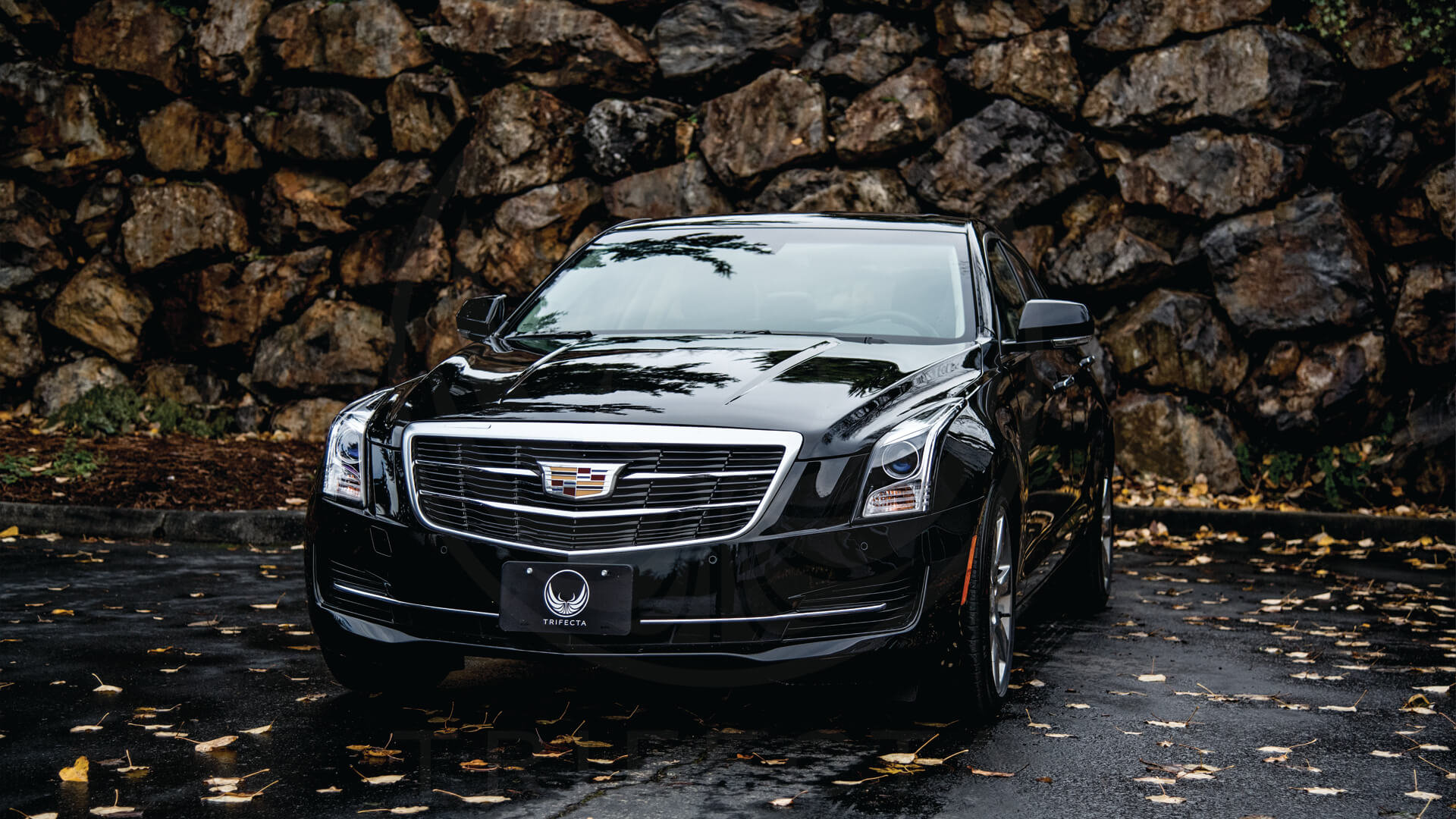
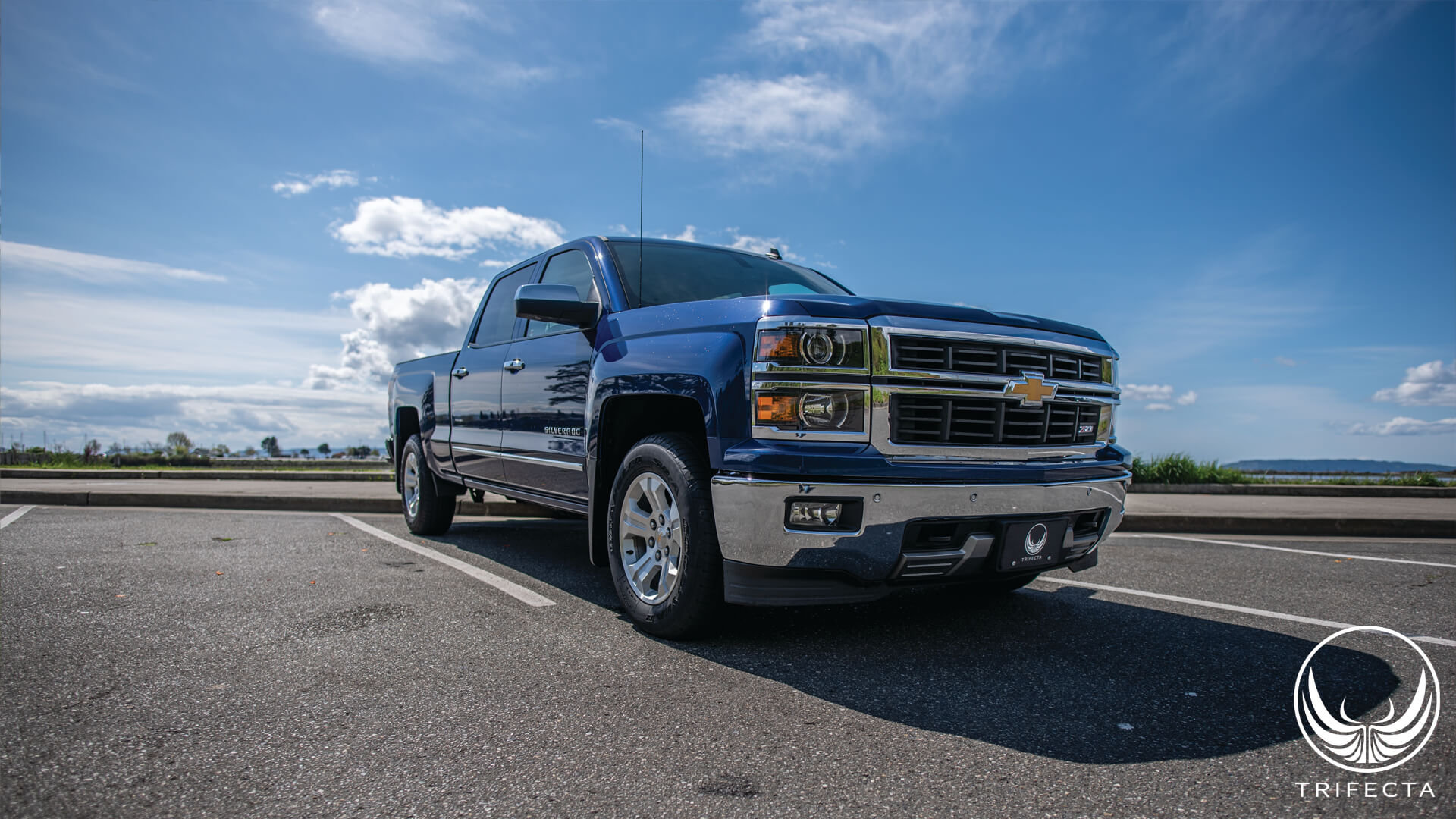
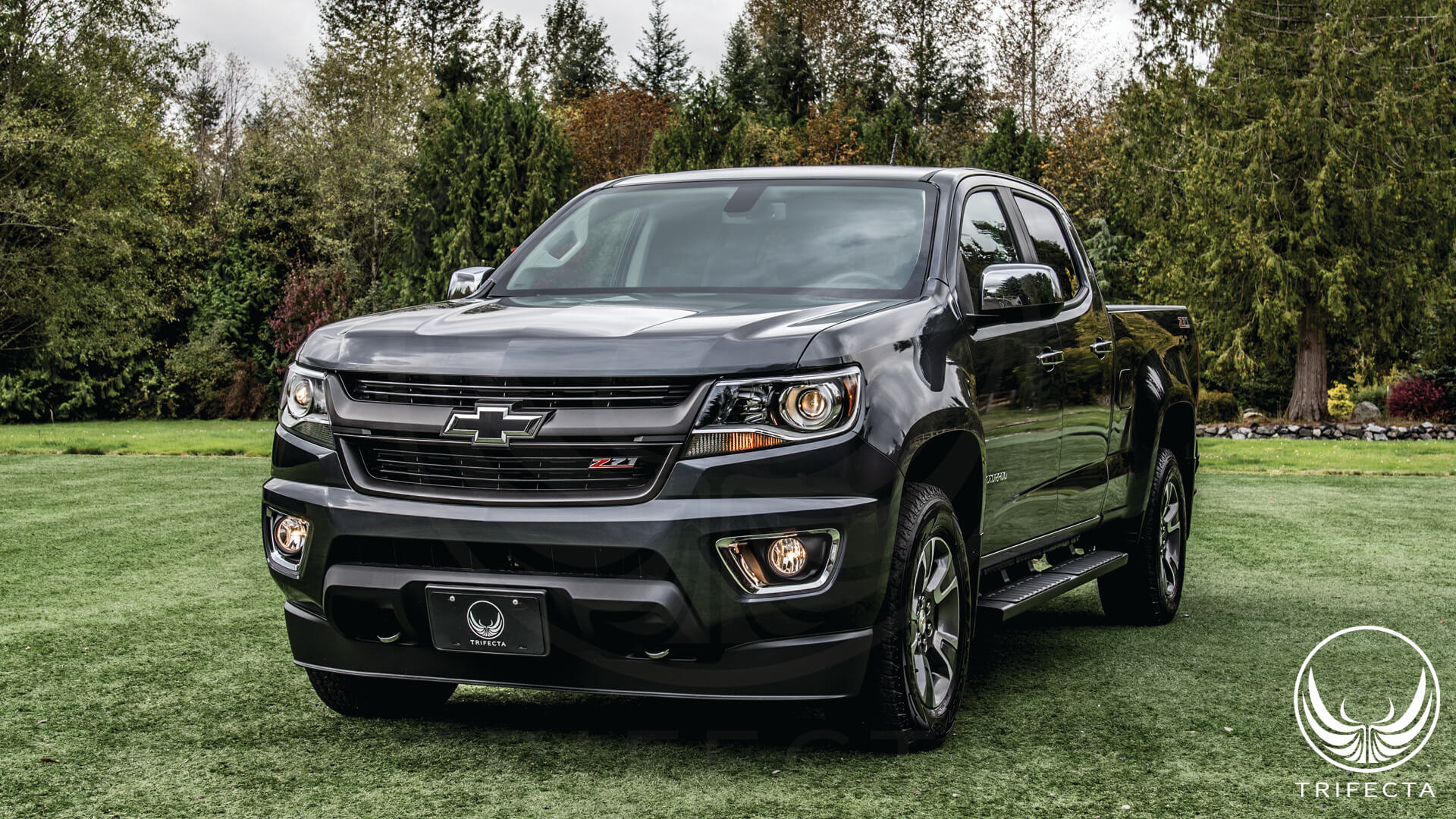

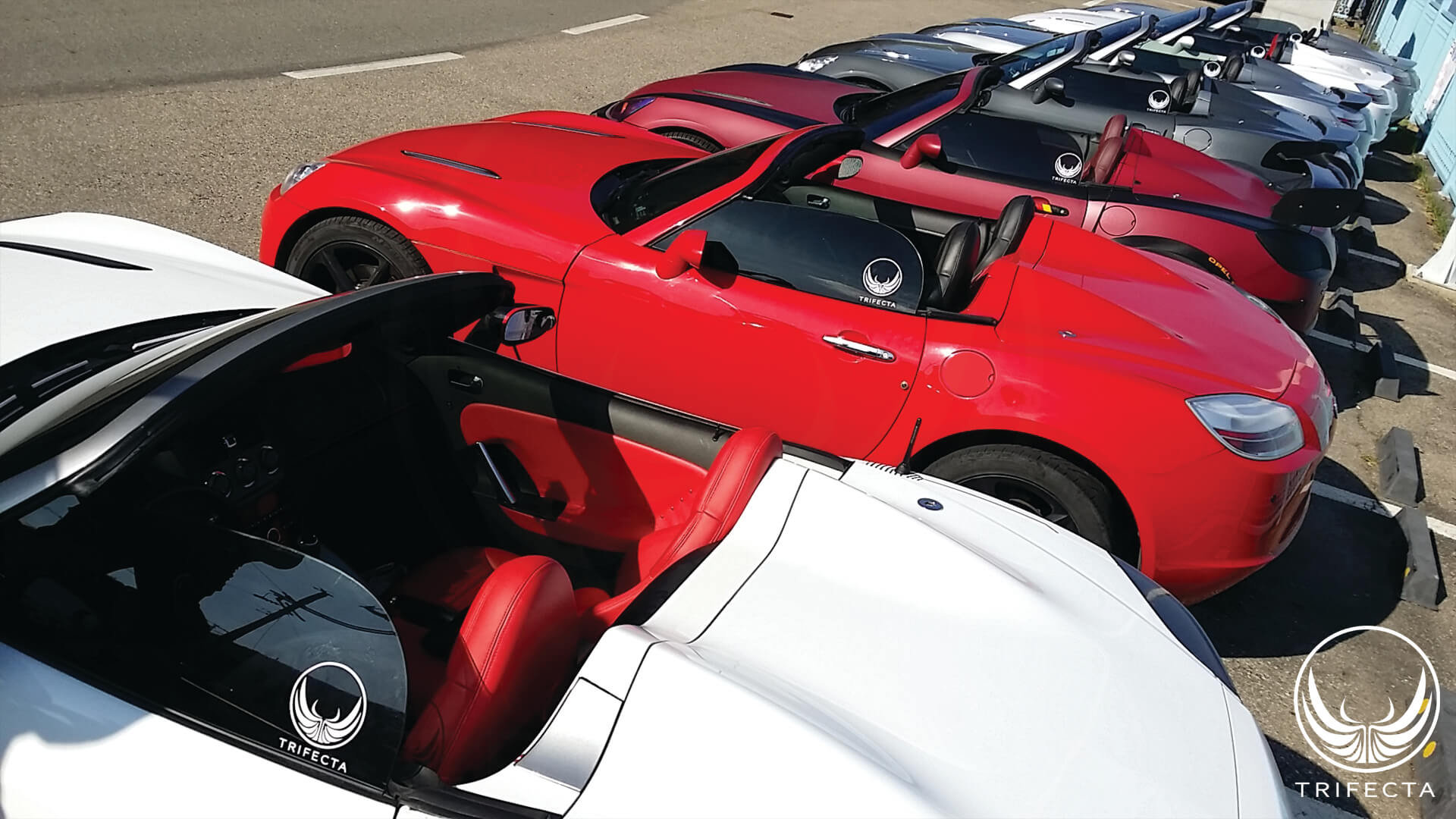
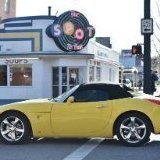
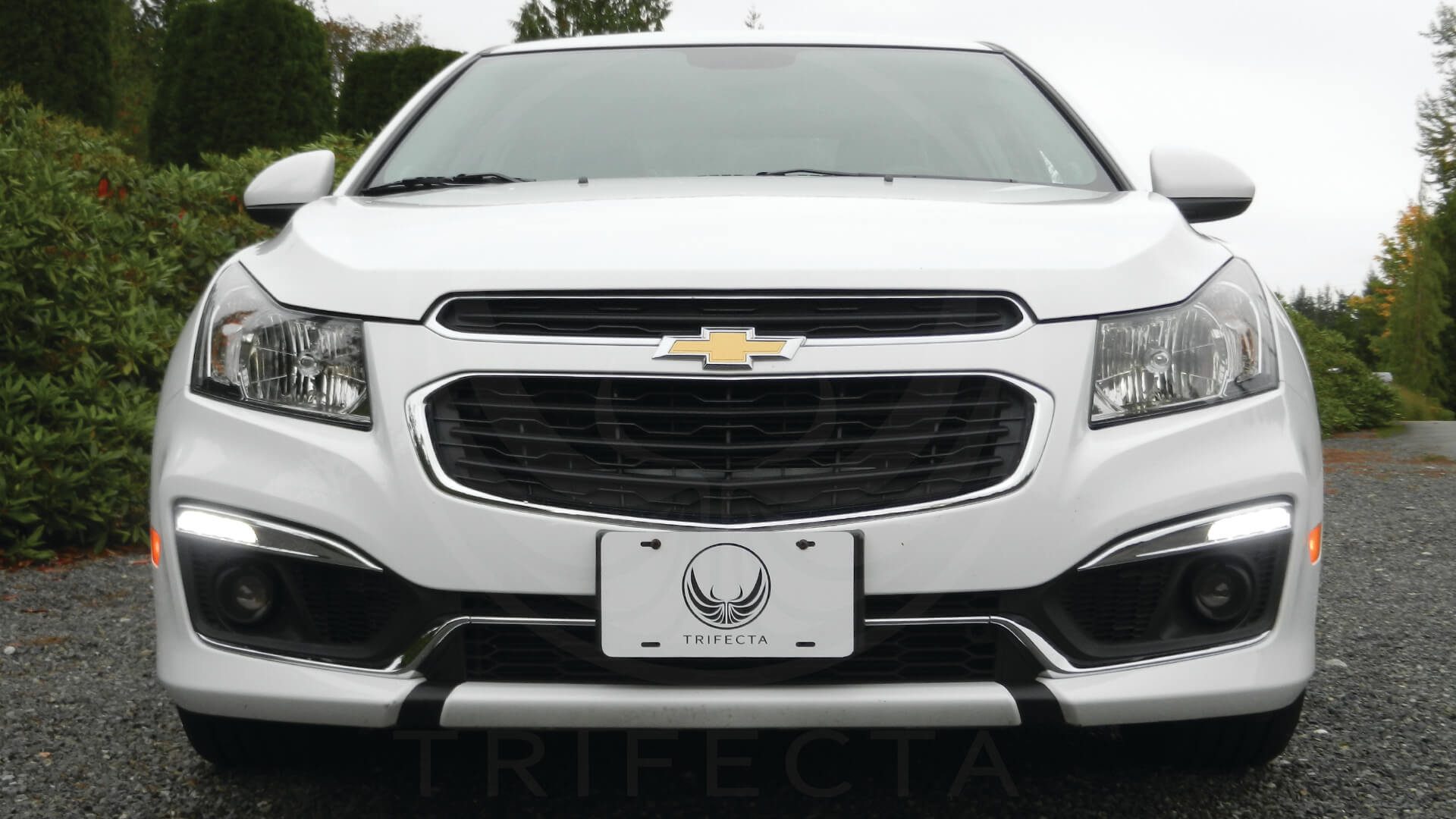
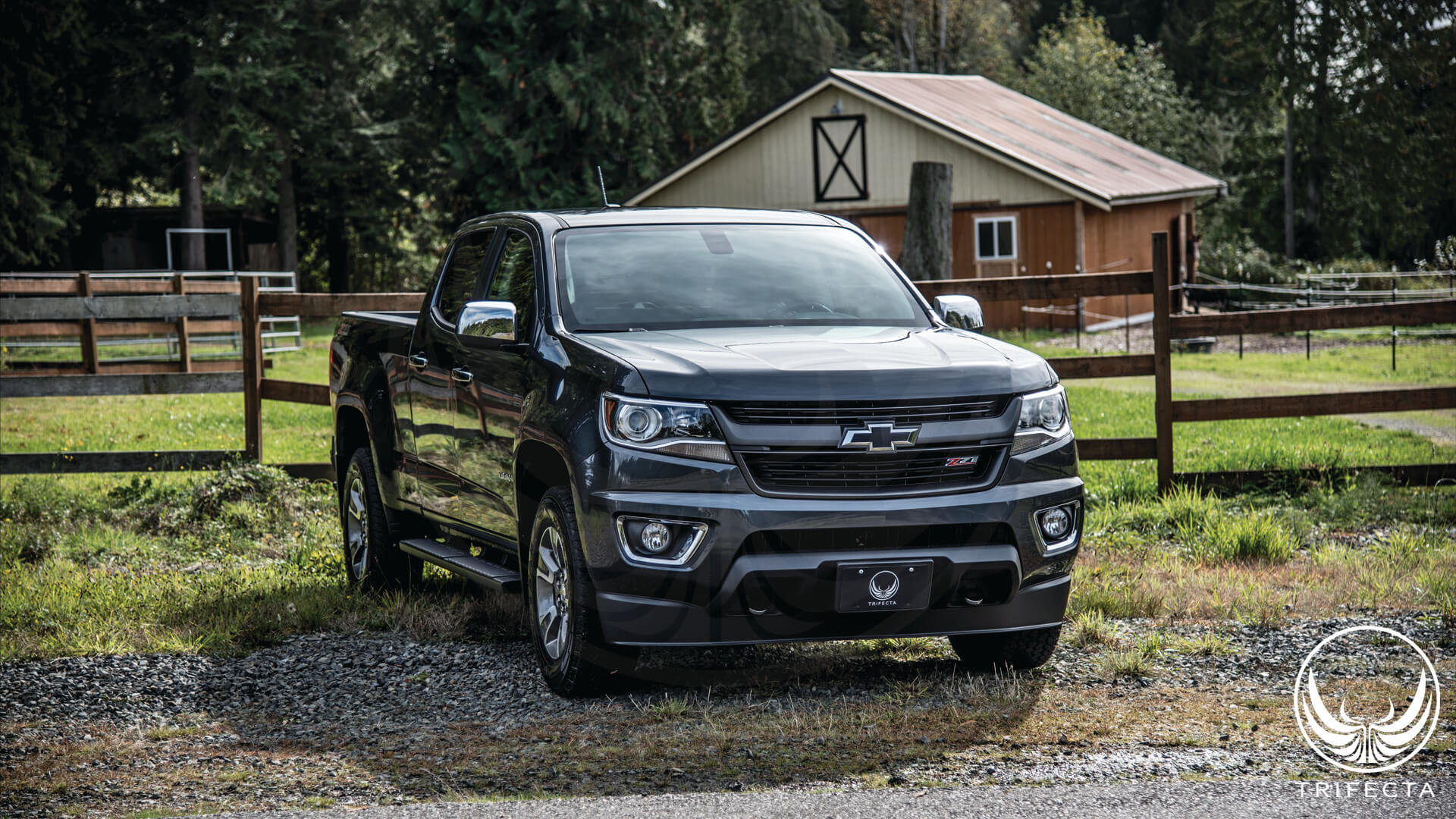
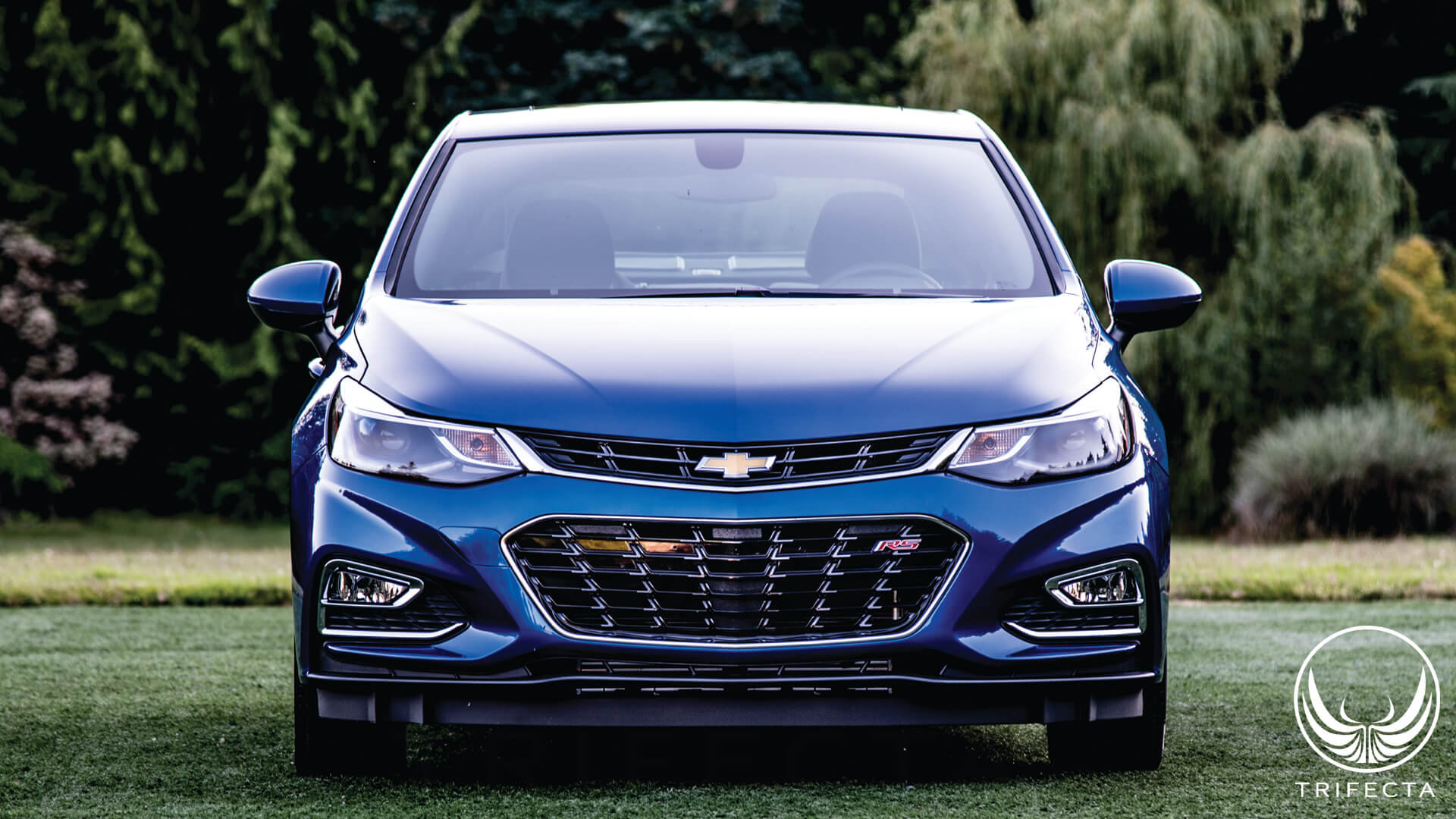
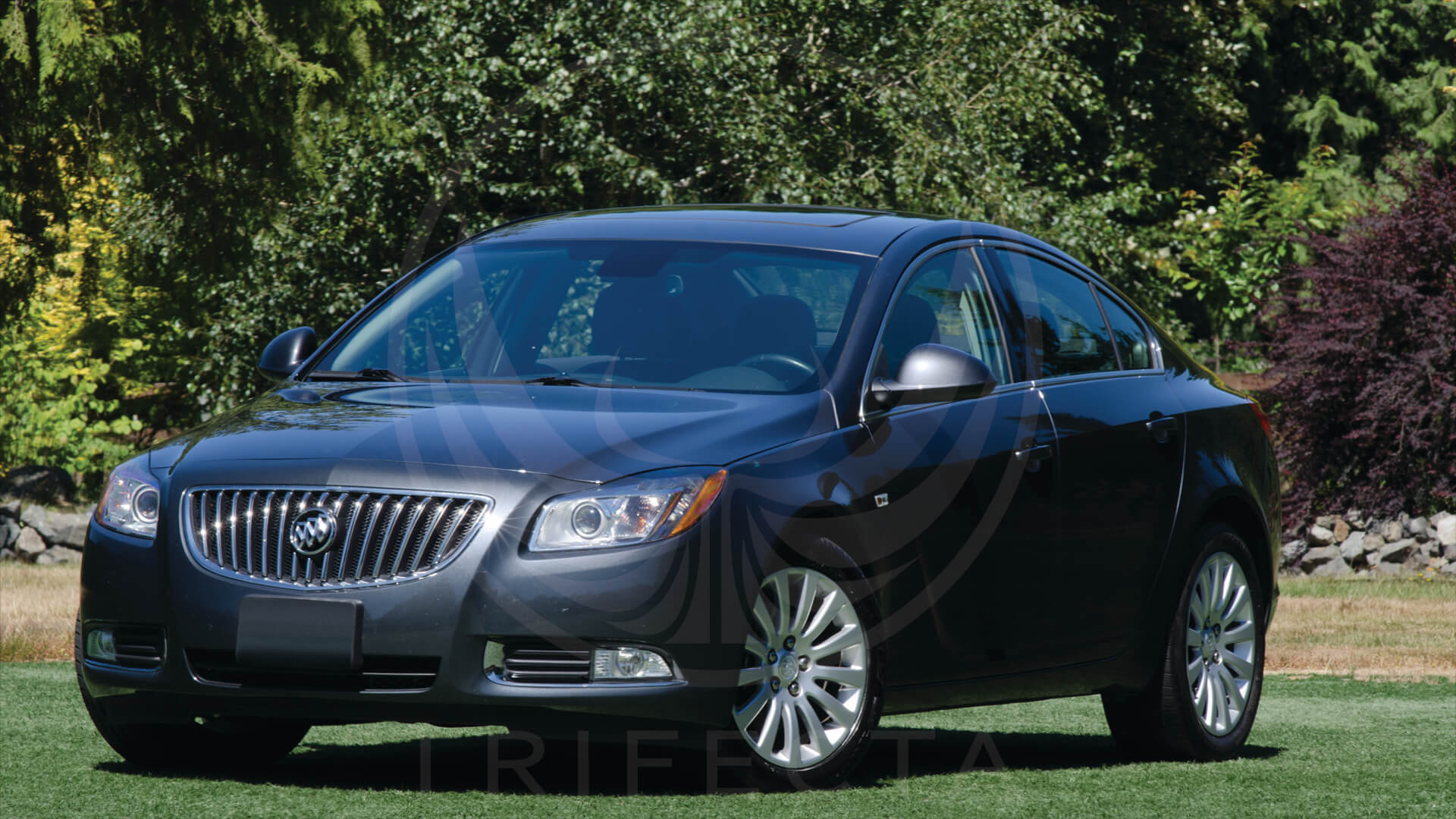
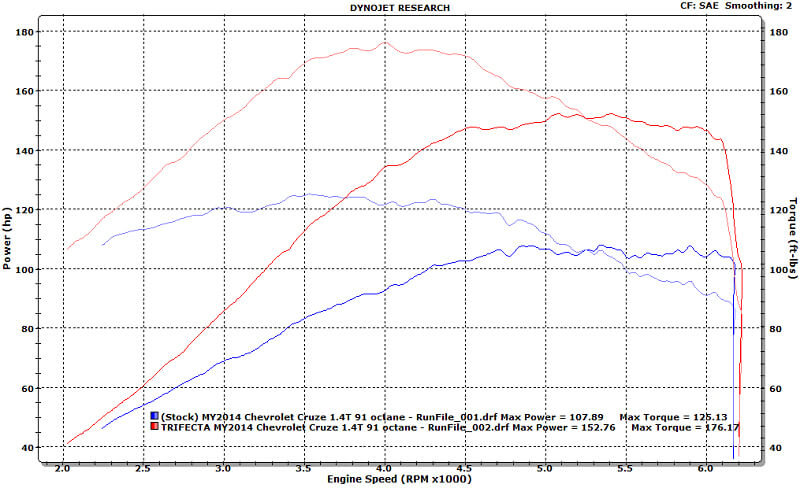
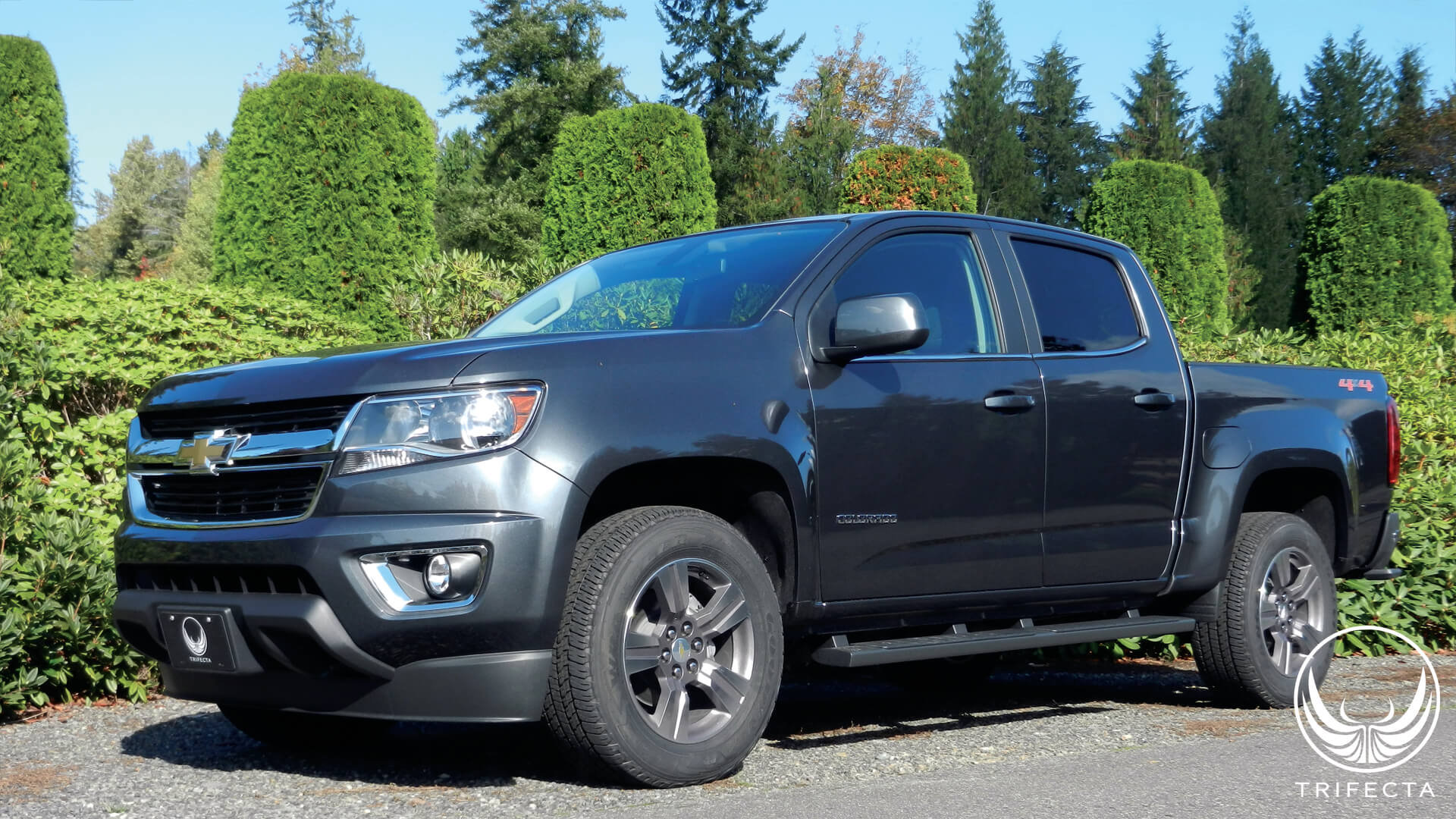
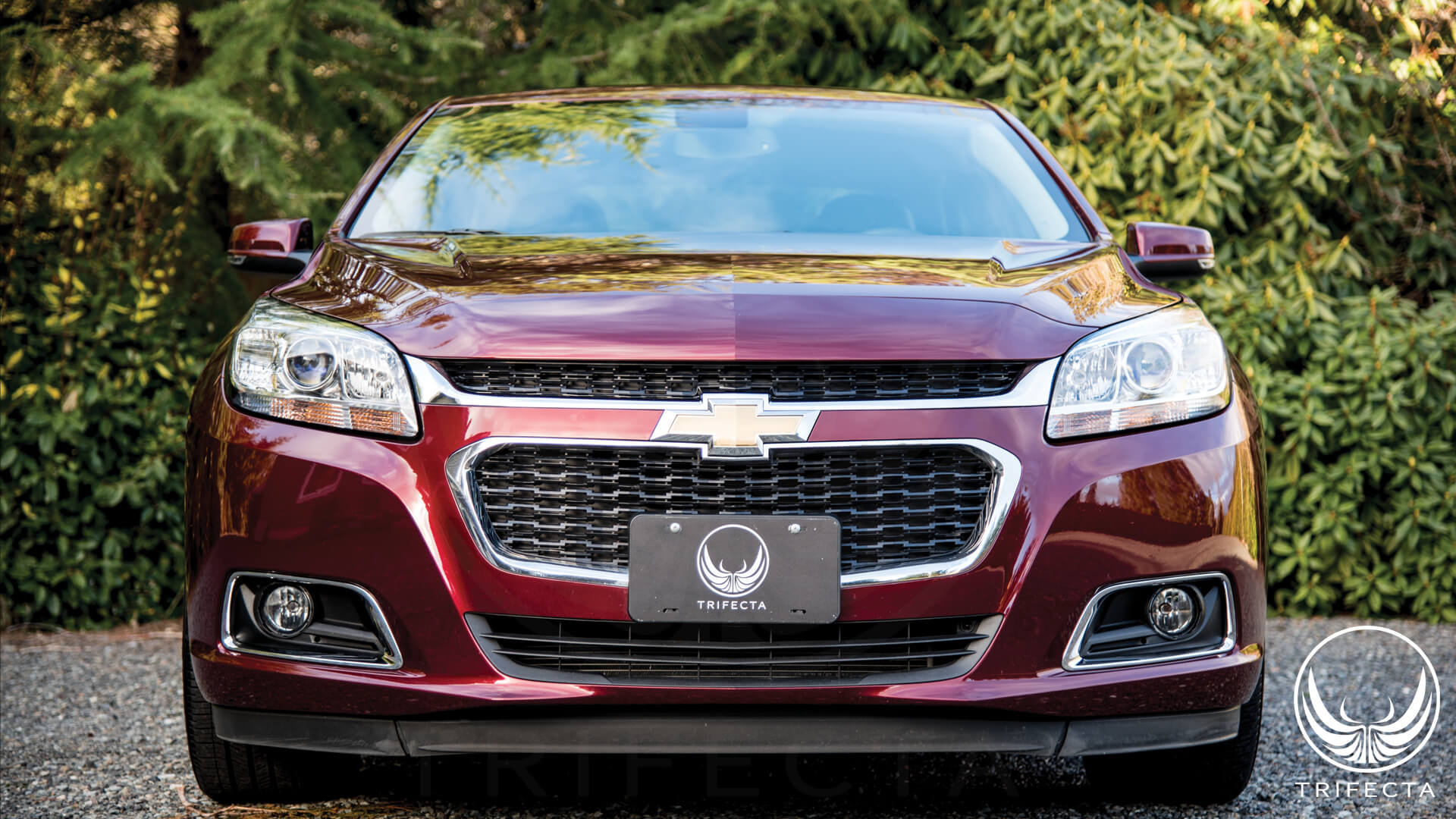


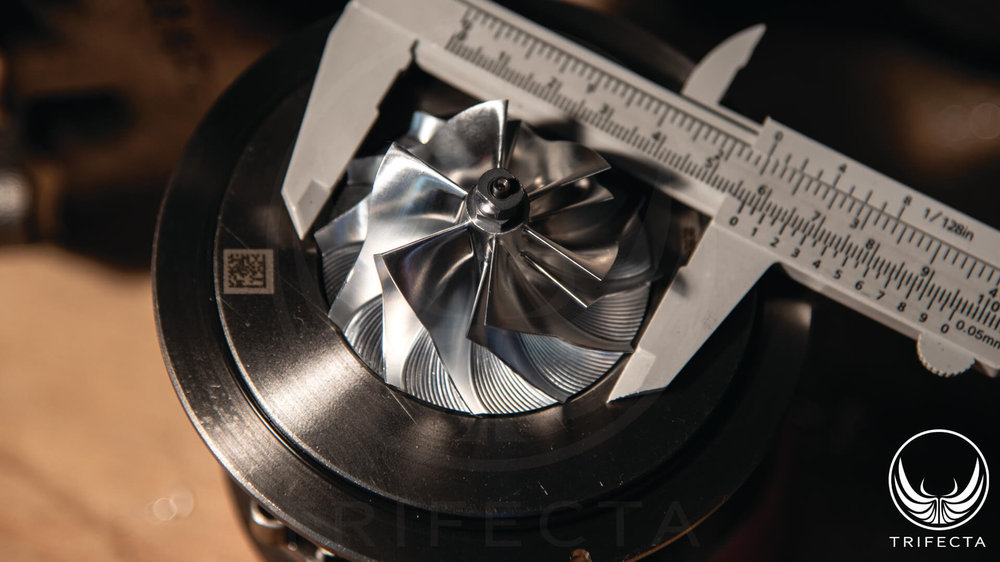
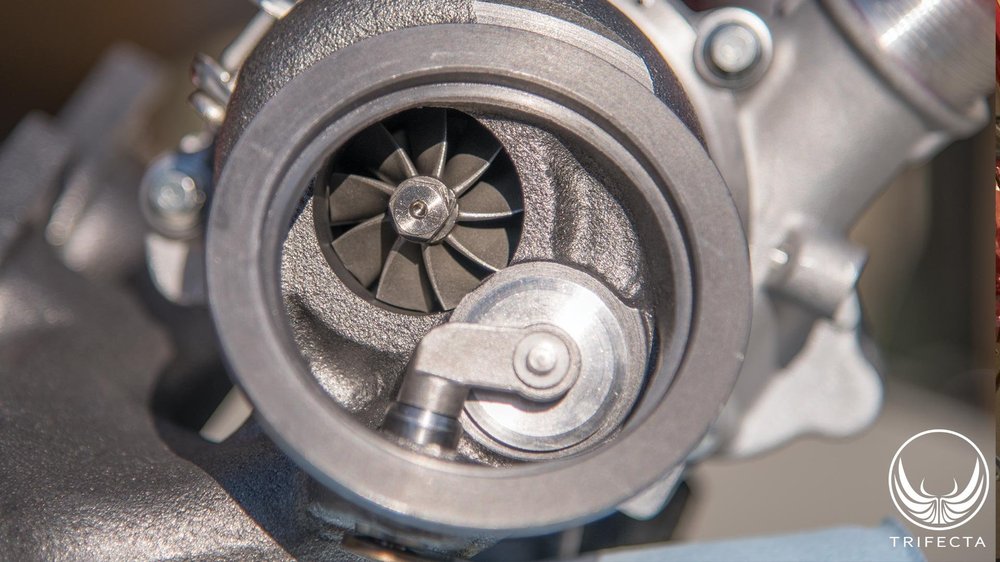
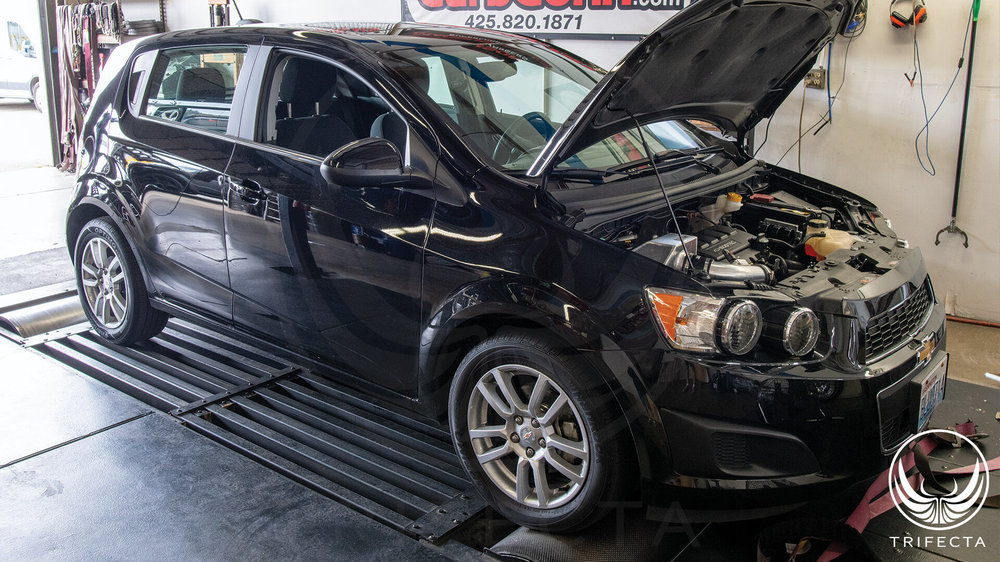
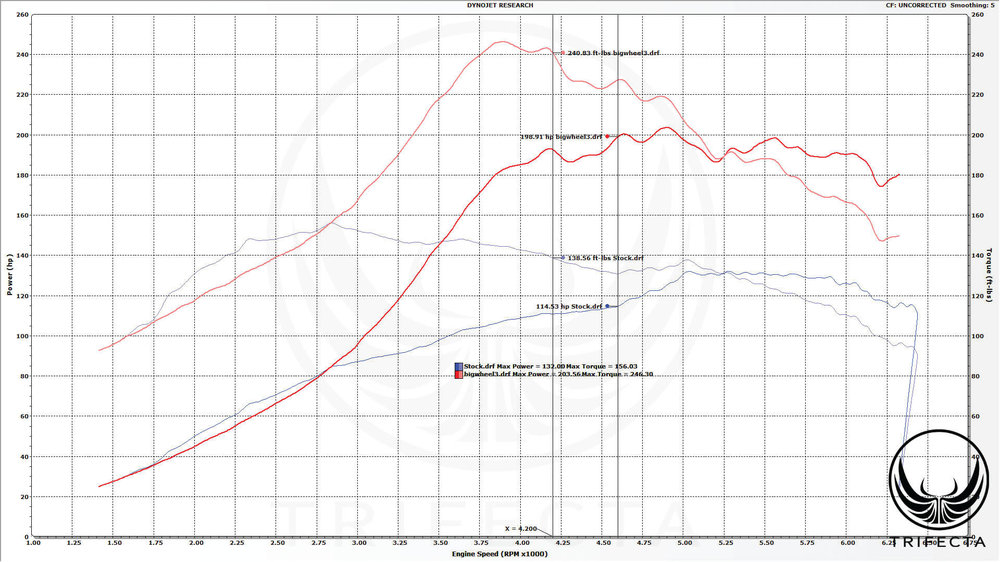


Recommended Comments
Join the conversation
You can post now and register later. If you have an account, sign in now to post with your account.